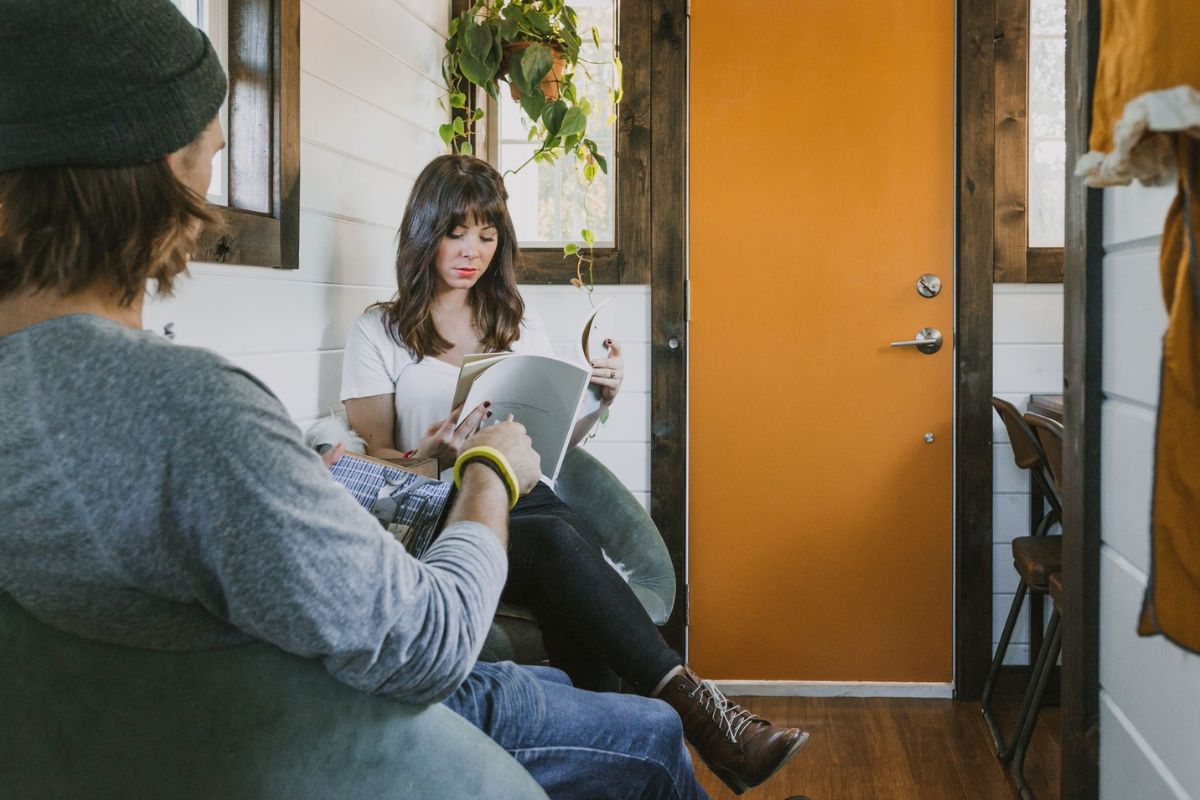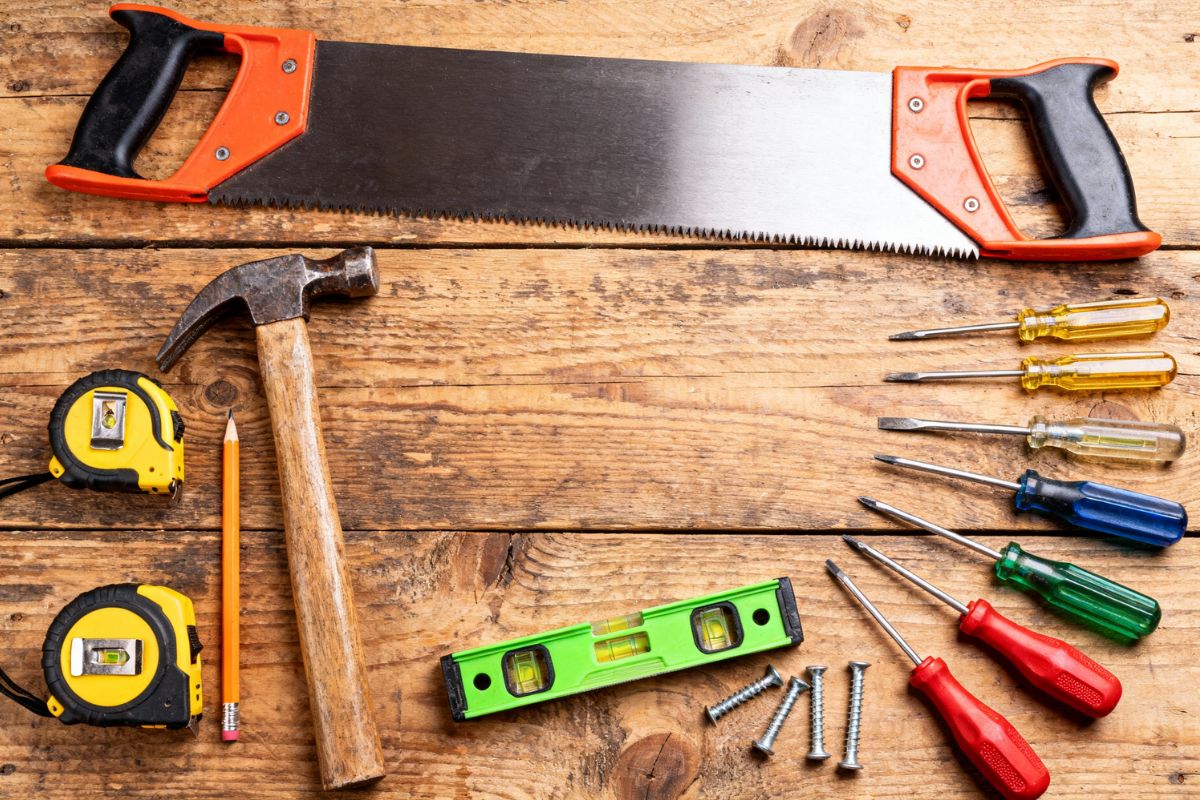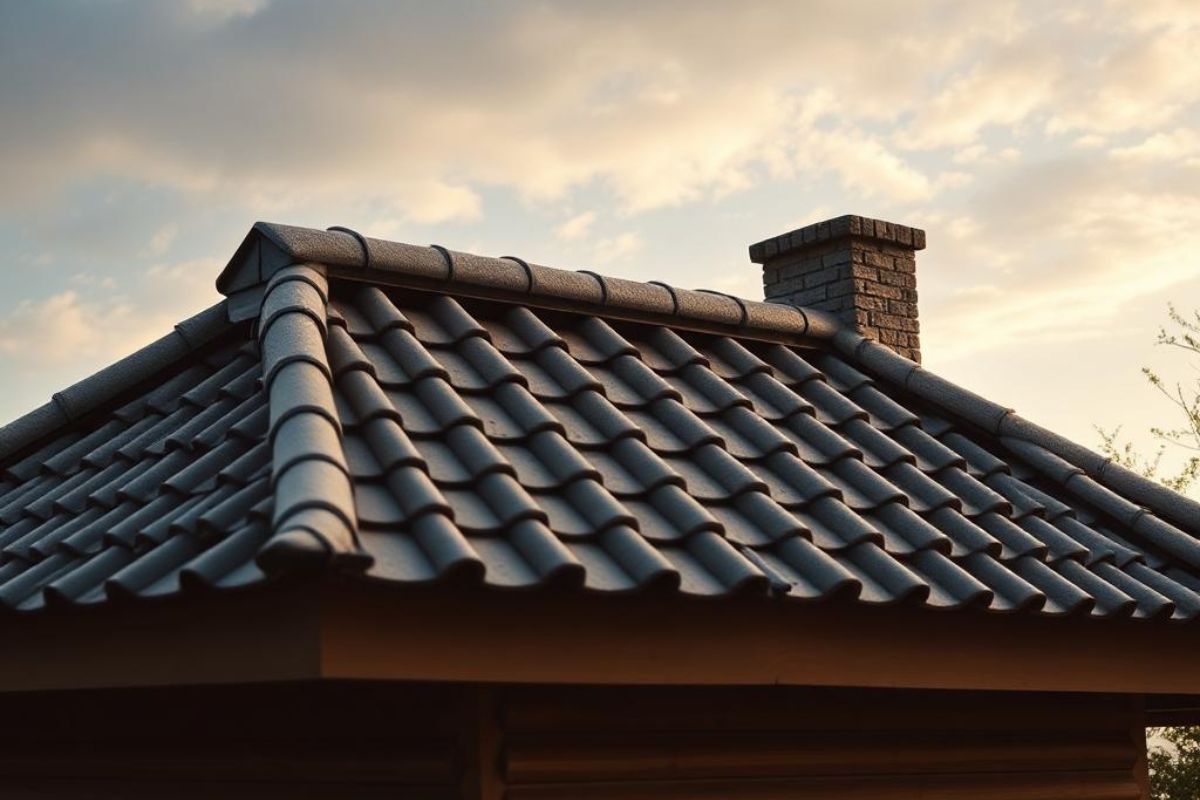Tip #1: Embrace Multi-Functional Furniture
Look for multi-purpose pieces, such as a sofa bed or a chair with built-in storage. Foldable pieces are also your friends, as they let you free up floor space when they’re not in use. If you live alone, these foldable items can even convert your living room into your bedroom.
.png)
Speaking of bedrooms, loft beds are also great for maximizing space. You can install pull-up desks for office work, closets, or storage in its bottom half.
What We Recommend
Go beyond multi-functionality. Choose dynamic furniture that you can expand or change its height and size. For example, invest in a dining table that can be expanded to seat more people or a coffee table that can be raised to become a desk. You may also want a sofa that can be split into individual chairs or sections that can be moved to create different seating arrangements.
Tip #2: Use Vertical Spaces
Maximize storage by installing shelves/cabinets that reach all the way to the ceiling. You can also add hooks and hanging racks to walls to keep items off the floor and within easy reach. Lastly, try to incorporate ladders that double as bookshelves for hard-to-reach storage spaces.
Tip #3: Zone Your Home With Rugs
Rugs are more than just decorative accents in a tiny home. They can subtly create distinct living areas without the need for physical barriers. Tony Kantzavelos, CEO of Love Your Rug, emphasizes the importance of selecting high-quality, durable rugs that can handle the demands of a small space. But what exactly should you use for each area? Here’s a guide:

Also, when planning your tiny home’s design, remember to measure its areas first to help you find the right rug size.
Tip #4: Create Illusions of Space
It’s wise to play with illusions when planning a tiny home with limited space. Light colors help create a sense of openness in a small room. Paint your walls and ceilings in soft tones like white, cream, or light blue. Additionally, install large windows (or skylights, for added style) to bring in more light. Natural light not only brightens up your home but also makes it feel more spacious.
Go further with illusions by using mirrors. Install a mirror in front of your window to reflect the view from outside. This creates the illusion of an extended space and reflects more light into your home, which contributes to a spacious feel.
Tip #5: Get Creative with Storage
When living in a small space, storage should be abundant but discreetly integrated–this is where you can put your creativity to the test. One good example is mounting your TV on a panel that swings open to reveal a hidden compartment behind it. This way, you get extra storage without sacrificing style or space.
Consider adding built-in storage solutions like drawers under the bed, pull-out pantry shelves, pull-out drawers under staircases, or shelves at the back of doors. You may also try creating false walls with integrated storage behind them.
Tip #6: Choose Appliances Wisely
.png)
Compact appliances are essential, but find those with multi-tasking capabilities. Here are some examples to consider:
- Multi-Cookers: These versatile appliances can replace several single-purpose ones, such as slow cookers, pressure cookers, rice cookers, steamers, and more.
- Combination Ovens: Look for ovens that offer multiple functions, such as convection, air frying, and even steaming. These appliances can handle everything from baking and roasting to dehydrating and reheating.
- Immersion Blenders: These handheld wonders can blend, chop, and emulsify directly in pots or bowls, eliminating the need for bulky countertop blenders and food processors.
- Washer-Dryer Combos: These appliances eliminate the need for a separate dryer, saving both space and energy.
Consider your cooking and cleaning habits when selecting appliances to minimize clutter.
Tip #7: Declutter Regularly
Decluttering isn’t just about tidying up; it's about making tough choices. You'll have to decide which possessions to keep and which to let go of. And most of the time, we either develop emotional attachments to some items or keep them for "just in case" scenarios.
To make this process easier, ask yourself these questions when evaluating each item:
- When was the last time I used this? If it's been months or even years, it's likely not essential.
- Do I genuinely love this item? Does it bring you joy or hold sentimental value?
- Is it easily replaceable or readily available if needed? If so, consider letting it go.
- Does it have a designated space in my home? If not, it's likely contributing to clutter.
- Would I buy this item again today? If the answer is no, it might be time to part ways.
Leveling Up This Space-Saving Idea
Create two designated areas: one for items you're keeping and one for items you're letting go of. This physical separation helps solidify your decisions and prevents second-guessing. Remember, every item you give up creates space for something more meaningful or functional in your tiny home.
Tip #8: Utilize Outdoor Space
Extend your small living space by incorporating outdoor areas that offer both functionality and ambiance. Imagine the experience of dining al fresco, surrounded by the sights and sounds of nature, or the pleasure of cooking in the fresh air. A small deck, patio, or balcony can provide the perfect setting for relaxing, gardening, or hosting gatherings.
.png)
To fully enjoy these spaces, install roofing to protect against sun, rain, or wind. Also, consider installing large sliding doors to blur the boundaries between indoors and outdoors. You may also use similar flooring materials both inside and outside for the illusion of an extended space.
Tip #9: Personalize Your Space
Finally, personalize your tiny home’s design with items that reflect your style and personality. Select a few pieces of artwork, plants, or meaningful objects that add character and tell your story. Display items that truly matter to you, but be mindful not to overcrowd your space.
In a small home, less is more—choose only what enhances your space without creating clutter. This will keep your home feeling welcoming and comfortable while staying tidy and organized.
Final Thoughts
Living in a tiny home can be rewarding. However, careful planning and design are required to maximize space. By following these functional design tips, you can create a beautiful and livable home that perfectly suits your needs and lifestyle. Remember, it's not about the size of your space but how you utilize it to create a cozy and stylish home.






Share: